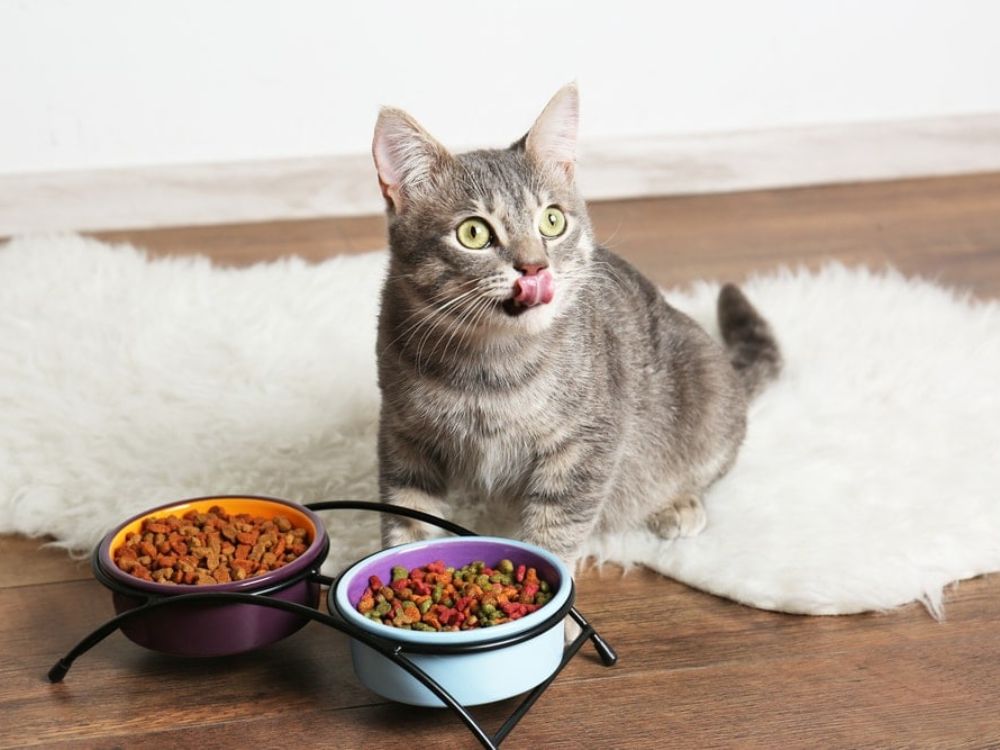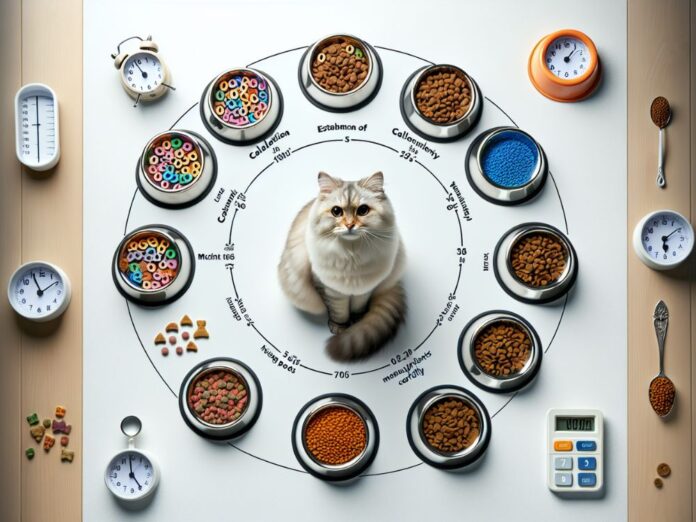Introduction
Choosing the right food for your cat can feel overwhelming with so many brands and ingredients on the market. However, understanding your cat’s nutritional needs and how to meet them is crucial for long-term feline health. This vet-approved guide will help you select the best food for your cat with confidence.
Why Choosing the Right Cat Food Matters
Proper cat nutrition supports:
- Strong immune system
- Healthy skin and coat
- Proper weight management
- Digestive health
- Energy and overall well-being
Understand Your Cat’s Nutritional Needs
Cats are obligate carnivores, meaning they require animal-based proteins. Key nutrients include:
- Protein: Supports muscle development.
- Taurine: An essential amino acid for heart and eye health.
- Omega-3 and Omega-6 Fatty Acids: Promote a shiny coat and reduce inflammation.
- Vitamins and Minerals: For balanced metabolism.
- Water: Hydration is critical, especially if feeding dry food.
Types of Cat Food
1. Dry Food (Kibble)
- Convenient and cost-effective
- Long shelf life
- Good for dental health
2. Wet Food (Canned)
- Higher moisture content
- Easier to digest
- Often preferred by picky eaters
3. Raw Food
- Mimics natural feline diet
- Requires careful handling
- Consult your vet before choosing this option
4. Freeze-Dried or Dehydrated Food
- Retains nutrients
- Convenient and long-lasting
- Add water before serving
How to Read Cat Food Labels
Look for the following on the packaging:
- Complete and Balanced: Ensures all essential nutrients are included.
- High-Quality Protein Source: Chicken, turkey, or fish should be the first ingredient.
- Grain-Free or Limited Grains: Cats do not require grains.
- No Artificial Additives: Avoid chemical preservatives, colors, and flavors.

Practical Tips for Choosing the Right Cat Food
- Consider Your Cat’s Age:
- Kittens need high-protein food.
- Adult cats require balanced nutrition.
- Senior cats benefit from low-calorie, joint-supporting formulas.
- Check for Special Needs:
- Weight management
- Allergies or sensitivities
- Hairball control
- Gradually Transition:
- Slowly mix new food with old food over 7–10 days to prevent digestive issues.
Real Examples of Vet-Approved Cat Food Brands
- Royal Canin: Known for breed-specific and age-specific formulas.
- Hill’s Science Diet: Vet-recommended for balanced nutrition.
- Purina Pro Plan: Offers options for sensitive stomachs.
- Blue Buffalo: Grain-free with natural ingredients.
Common Mistakes to Avoid
- Feeding human food
- Choosing low-protein options
- Ignoring portion control
- Not providing fresh water
Conclusion
Choosing the right food for your cat is essential for maintaining their health, energy, and happiness. By focusing on quality ingredients, reading labels, and understanding your cat’s unique needs, you can make an informed decision. Always consult with your veterinarian for personalized advice.
Start today by reviewing your cat’s current diet and making small, informed changes for better feline health!









